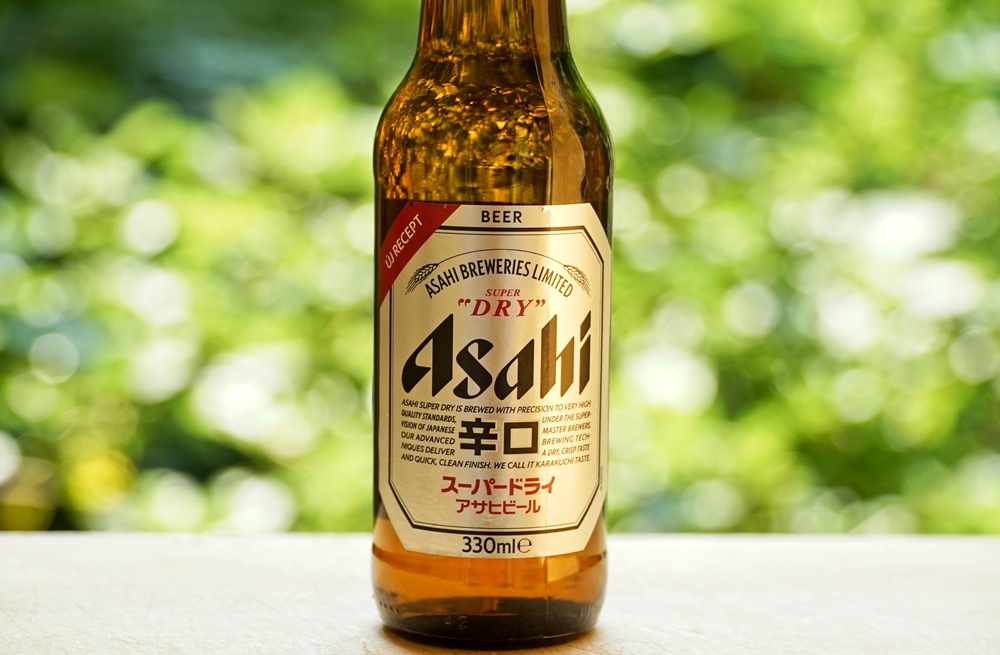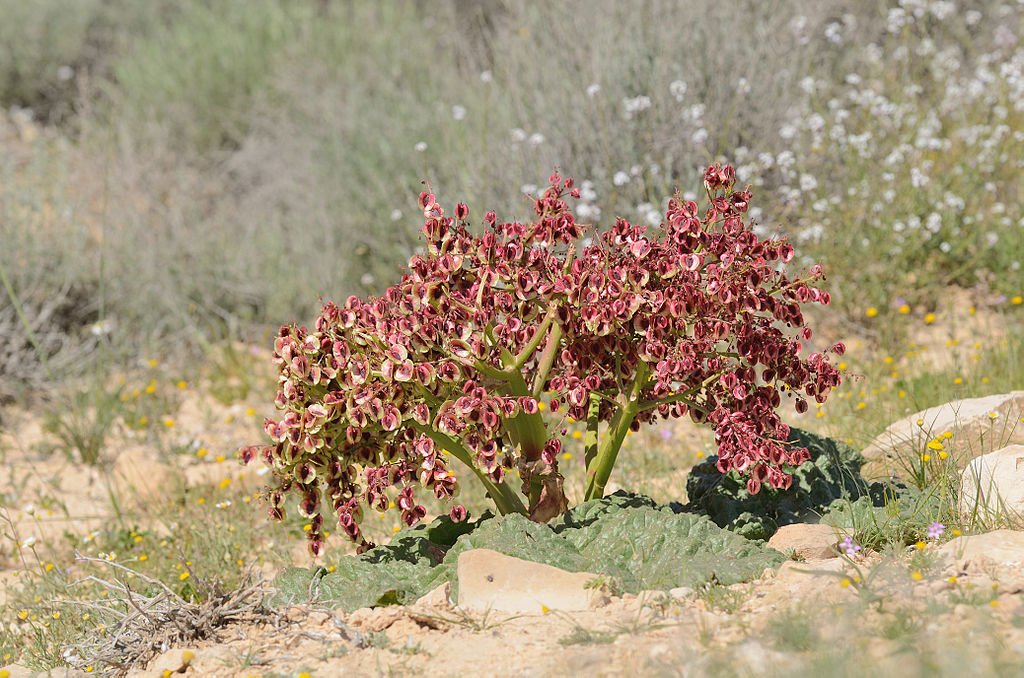Rivers are some of the most enduring features of our planet, carving landscapes and nurturing life for millions of years. While many rivers are famous for their size or significance to human civilization, some stand out for their incredible age, bearing witness to the Earth’s ancient geological history. These rivers, with origins stretching back tens or even hundreds of millions of years, have shaped ecosystems, cultures, and landscapes over time. From the arid deserts of Australia to the fertile valleys of Asia, the oldest rivers in the world reveal a story of resilience and transformation. Let’s explore 19 of these ancient waterways, delving into their ages, histories, and enduring significance.
Finke River, Australia (Age: 300-350 million years)
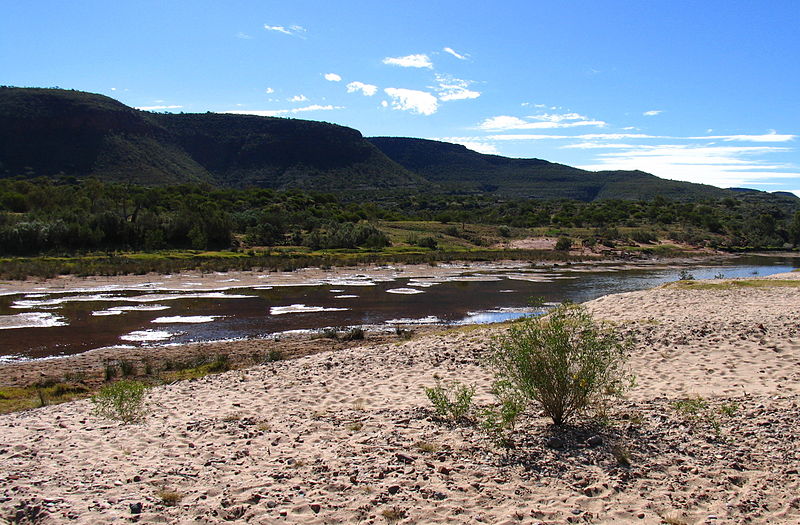
Located in central Australia, the Finke River is often referred to as the oldest river in the world. It is believed to have formed during the late Paleozoic era, making it over 300 million years old. This ancient waterway winds through the arid landscapes of the Northern Territory, crossing stunning red sandstone gorges. Despite its age, the riverbed is mostly dry, flowing only during rare rain events. Interestingly, the Finke is considered an “inland river” because it never reaches the sea, disappearing into the Simpson Desert. Its surrounding ecosystem supports unique species, including ancient cycads that have thrived for millennia. The river holds cultural significance for Indigenous Australians, who call it Larapinta and feature it in their Dreamtime stories.
Meuse River, Europe (Age: 320-340 million years)
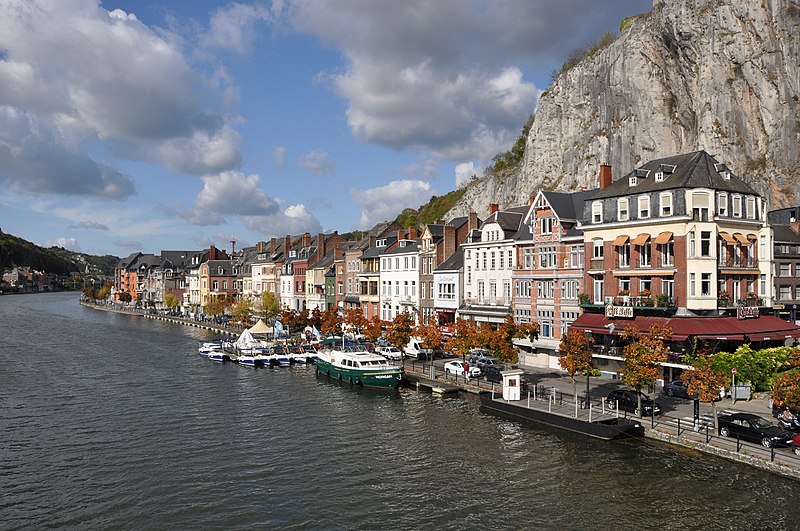
Stretching through France, Belgium, and the Netherlands, the Meuse River dates back to the Carboniferous period. Its estimated age of over 320 million years places it among Earth’s most ancient rivers. Originating from the Langres Plateau in France, the river flows gently toward the North Sea, carving picturesque landscapes along its journey. The Meuse has shaped European history, serving as a trade route since Roman times. Its calm waters hide a rich geological history, as they eroded ancient rock formations over millions of years. Despite its longevity, the Meuse remains vital for agriculture and energy production today. Its beauty and historical significance continue to captivate travelers and locals alike.
Nile River, Africa (Age: 30 million years)
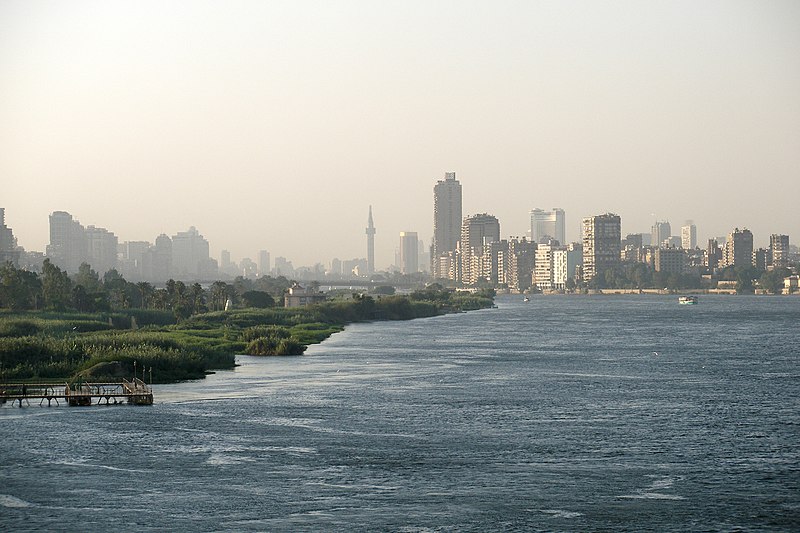
Often mistaken for the oldest river due to its fame, the Nile is still remarkably ancient, dating back 30 million years. Stretching over 6,600 kilometers, it is the longest river in the world and has nurtured civilizations for millennia. Originating in East Africa, the Nile flows northward into the Mediterranean Sea, shaping diverse ecosystems along its path. Geological evidence suggests the river’s earliest stages began in the Miocene epoch, with subsequent shifts in its course. The Nile’s fertile floodplains supported ancient Egyptian agriculture, forming the backbone of their empire. Today, it remains a vital resource for millions across 11 countries. Its rich history intertwines natural beauty with cultural legacy.
Mackenzie River, Canada (Age: 20-50 million years)

Canada’s Mackenzie River is not just the longest river in the country; it is also among the oldest in the world, with an estimated age of 20-50 million years. Flowing through the breathtaking wilderness of the Northwest Territories, this river originates from Great Slave Lake. Its journey to the Arctic Ocean spans over 1,700 kilometers, carving pristine valleys and wetlands. Geologists believe the Mackenzie evolved as glaciers retreated, leaving behind a dynamic watershed. The river supports diverse wildlife, from migratory birds to fish species. It also holds cultural and historical significance for Indigenous peoples who have relied on its waters for centuries. Despite its ancient origins, the Mackenzie remains largely untouched by industrial development.
Yarra River, Australia (Age: 40 million years)

The Yarra River in Victoria, Australia, boasts an impressive age of approximately 40 million years. Flowing through Melbourne, it has become a cultural and environmental icon for the region. The river’s meandering path suggests it predates the uplift of surrounding mountain ranges. For tens of millions of years, its waters have sculpted valleys and supported lush ecosystems. Indigenous communities have long revered the Yarra, referring to it as “Birrarung.” Urban development has transformed its lower stretches, but conservation efforts aim to preserve its upper reaches. Today, the Yarra blends ancient natural heritage with modern urban life.
Amazon River, South America (Age: 11 million years)
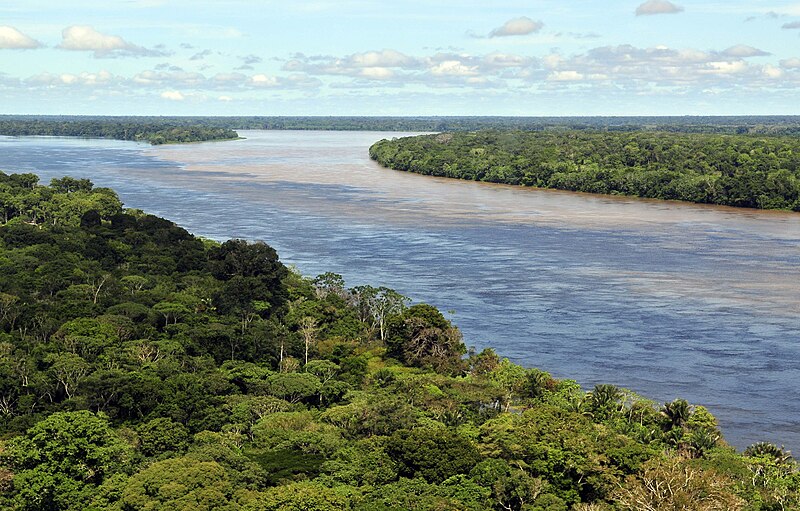
The Amazon River, though relatively young compared to others, is approximately 11 million years old. Originating in the Andes Mountains, it flows over 6,400 kilometers to the Atlantic Ocean, making it the largest river by discharge volume. Geologists believe the Amazon initially flowed westward before tectonic shifts reversed its course. The river plays a pivotal role in Earth’s climate and biodiversity, hosting the Amazon Rainforest, the world’s largest tropical forest. Its ancient tributaries carry sediments that tell stories of its evolution. Indigenous cultures have thrived along its banks for thousands of years, relying on its resources. Despite its immense age and scale, the Amazon faces modern threats from deforestation and climate change.
Susquehanna River, USA (Age: 300 million years)
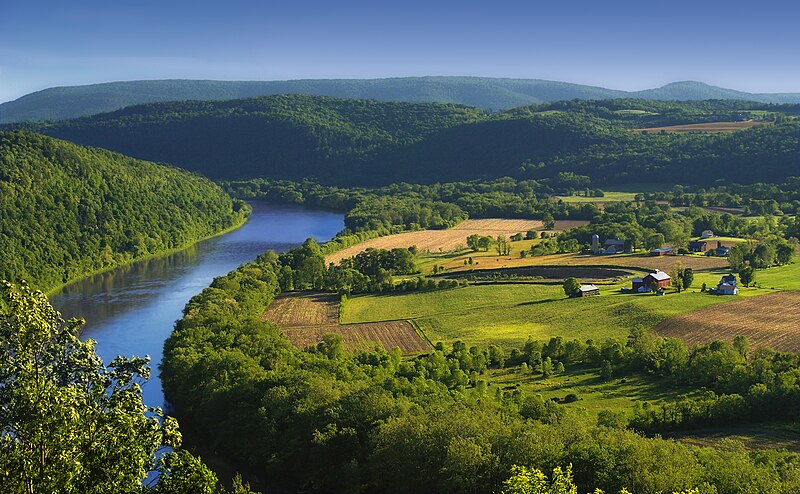
One of North America’s oldest rivers, the Susquehanna, has flowed for an estimated 300 million years. Originating in New York, it winds through Pennsylvania and Maryland before emptying into the Chesapeake Bay. The river predates the Appalachian Mountains, which rose around it, forcing the water to carve deep gorges. Geologists consider it a “supermature” river due to its longevity and well-worn path. Historically, the Susquehanna supported Native American trade and early European settlements. Its watershed remains vital for ecosystems, agriculture, and communities in the region. Today, the river is cherished for its recreational and cultural significance.
Congo River, Africa (Age: 2 million years)
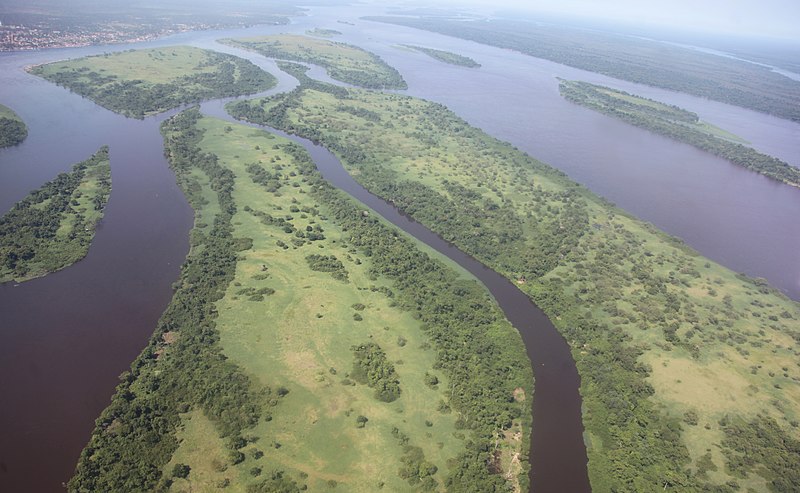
While younger than some of its counterparts, the Congo River’s estimated age of 2 million years belies its geological complexity. This massive river snakes through the heart of Africa, spanning 4,700 kilometers and connecting diverse ecosystems. It boasts the deepest river gorge in the world, with depths reaching over 220 meters. Formed by ancient tectonic activity, the Congo remains a lifeline for millions. Its basin is home to the Congo Rainforest, second only to the Amazon in size. The river also generates hydroelectric power, crucial for regional development. Despite its immense natural wealth, the Congo faces environmental and political challenges.
Orinoco River, South America (Age: 13 million years)
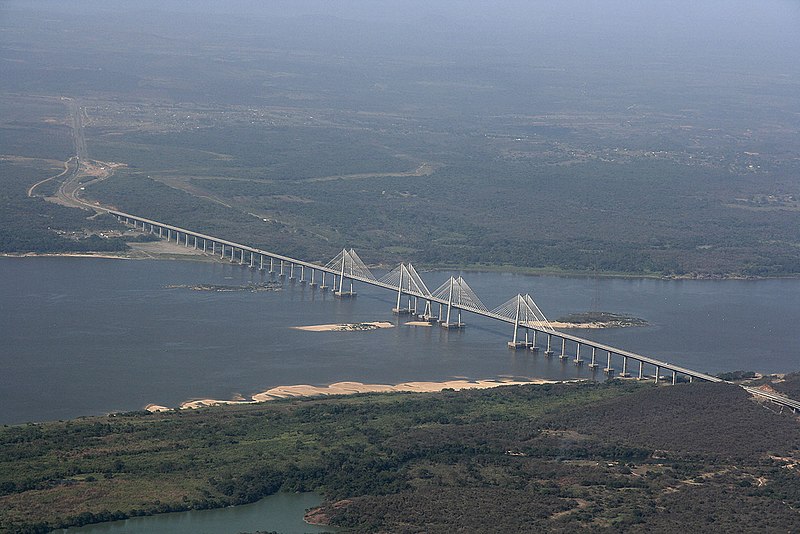
The Orinoco River of Venezuela and Colombia is about 13 million years old, tracing its origins to the Miocene epoch. Stretching 2,140 kilometers, it supports diverse ecosystems, from tropical rainforests to savannahs. Over millions of years, it has carved an intricate network of tributaries and wetlands. This river has long been a resource for Indigenous peoples, providing food, water, and transport. Its sediment-rich waters shape the Orinoco Delta, one of South America’s ecological treasures. The Orinoco also harbors unique wildlife, including river dolphins and giant otters. Its history intertwines with legends, exploration, and natural beauty.
Indus River, South Asia (Age: 45 million years)
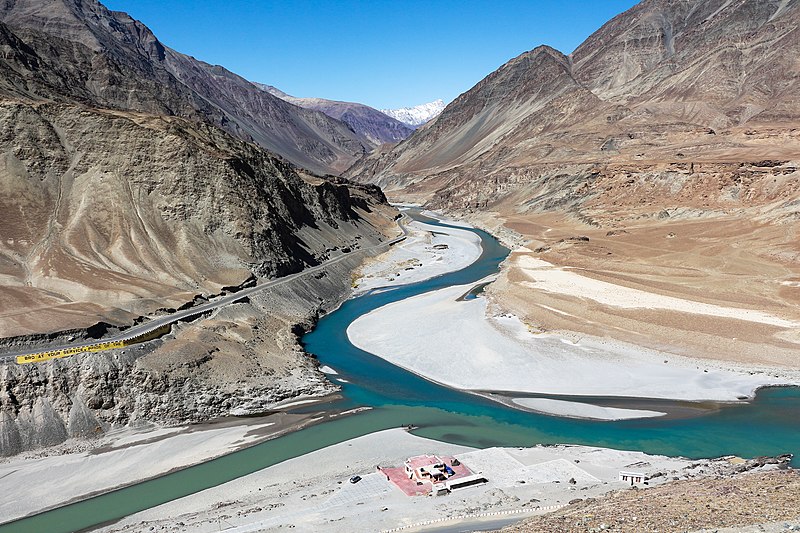
The Indus River, one of South Asia’s most historic waterways, is believed to be around 45 million years old. Originating in the Tibetan Plateau, it flows through India and Pakistan, sustaining the Indus Valley Civilization, one of humanity’s earliest cultures. The river’s age is attributed to tectonic shifts that uplifted the Himalayas during the Eocene epoch. Stretching over 3,000 kilometers, the Indus has carved valleys and deltas essential for agriculture. Its sediment layers reveal a rich geological history, tracking climatic and environmental changes over millions of years. Despite its ancient roots, the river faces modern challenges, including water scarcity and damming. Today, it remains vital for millions of people who depend on its waters for sustenance.
Colorado River, USA (Age: 70 million years)
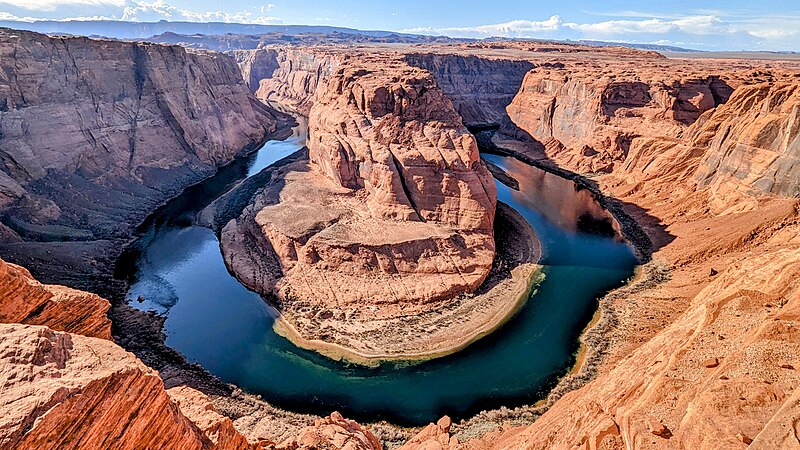
Flowing through the southwestern United States and Mexico, the Colorado River is estimated to be over 70 million years old. Its path predates the rise of the Rocky Mountains, which it carved through over millennia, forming iconic landscapes like the Grand Canyon. Geologists trace its origins to the Cretaceous period, when dinosaurs roamed the Earth. The river stretches 2,330 kilometers, supporting ecosystems and communities along its course. Over millions of years, its waters eroded vast canyons and valleys, leaving behind breathtaking geological formations. Despite its age, the Colorado faces threats from overuse and climate change. Today, it remains a lifeline for agriculture, drinking water, and hydroelectric power.
Paraná River, South America (Age: 50 million years)
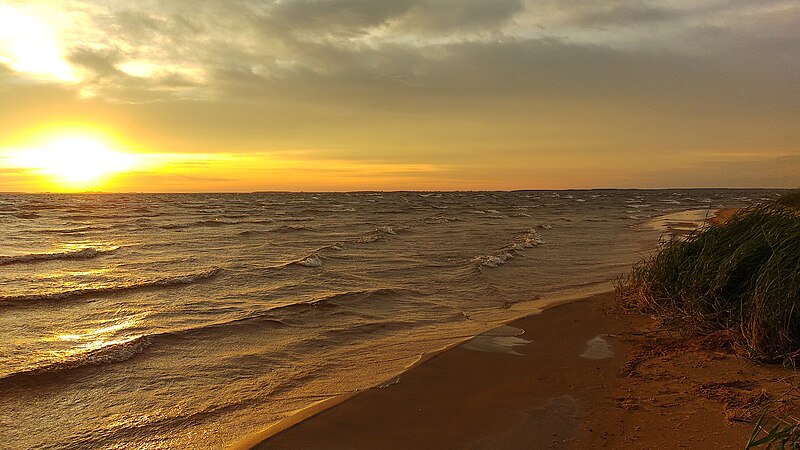
The Paraná River, flowing through Brazil, Argentina, and Paraguay, is roughly 50 million years old. Spanning over 4,800 kilometers, it is the second-longest river in South America. The river’s ancient origins can be traced to tectonic activity that shaped the continent’s landscape. Its basin supports vast wetlands, such as the Pantanal, one of the world’s most biodiverse ecosystems. For centuries, it has been a vital resource for agriculture, fishing, and transport. Its age is reflected in its well-established tributary network, which covers a massive area. Today, the Paraná plays a critical role in regional economies, though it faces challenges from damming and deforestation.
Ganges River, South Asia (Age: 50 million years)
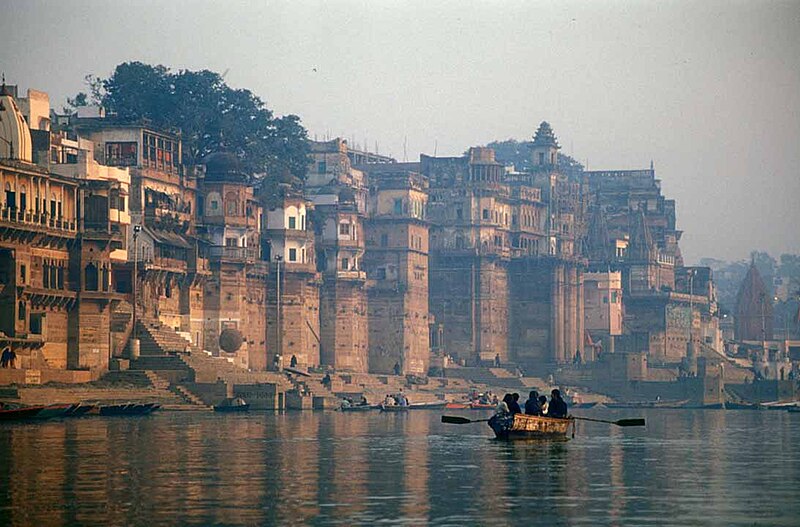
The sacred Ganges River in South Asia is estimated to be about 50 million years old. Originating in the Himalayas, it flows through India and Bangladesh, supporting hundreds of millions of people. Geologically, the river formed as the Indian subcontinent collided with Asia, creating the Himalayan mountain range. Over millions of years, its waters have carved fertile plains and supported diverse ecosystems. Revered in Hinduism, the Ganges holds spiritual significance, serving as a site for rituals and festivals. Its sediment-rich waters are vital for agriculture, sustaining one of the world’s most populous regions. Despite its ancient origins, pollution and overuse threaten its future.
Danube River, Europe (Age: 35 million years)
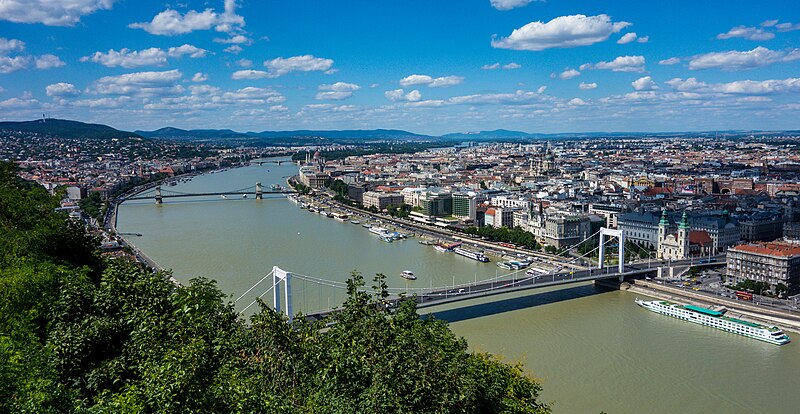
Europe’s Danube River has flowed for an estimated 35 million years, originating in the Black Forest of Germany. Spanning 2,850 kilometers, it passes through 10 countries before emptying into the Black Sea. The river’s age is linked to tectonic shifts that shaped Europe’s geography during the Oligocene epoch. Its banks have witnessed the rise and fall of empires, from the Romans to the Austro-Hungarians. The Danube’s basin supports diverse wildlife, including migratory birds and aquatic species. It remains a vital trade route and a source of hydropower for the region. Its timeless beauty and historical significance make it a European treasure.
Yangtze River, China (Age: 40 million years)

The Yangtze River, China’s longest and one of the world’s most significant rivers, is approximately 40 million years old. Originating in the Tibetan Plateau, it stretches over 6,300 kilometers, flowing into the East China Sea. Geologists believe it formed as tectonic activity created the Asian landscape during the Eocene epoch. The river has shaped China’s history, providing water for agriculture, trade, and urban development. Its basin is home to countless species, some of which are endangered, like the Yangtze River dolphin. Over millions of years, it has carved valleys and gorges, leaving behind stunning landscapes. Despite its ancient roots, the Yangtze faces modern challenges like pollution and dam construction.
Thames River, England (Age: 58 million years)
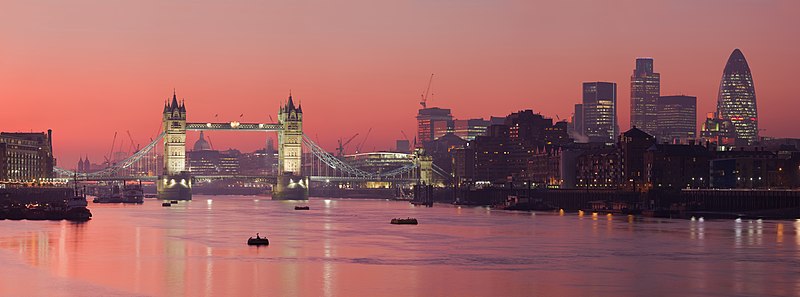
The Thames River in England is surprisingly ancient, dating back approximately 58 million years. Originating near the Cotswolds, it flows over 350 kilometers through London before reaching the North Sea. During its long history, the river has shifted courses, leaving behind ancient riverbeds. The Thames has been central to Britain’s history, supporting trade, agriculture, and urban development. Its sediments reveal geological and archaeological evidence of prehistoric landscapes and human activity. Despite its age, the river is remarkably well-preserved, thanks to modern conservation efforts. Today, it remains a vital waterway and cultural icon for the United Kingdom.
Volga River, Russia (Age: 25 million years)
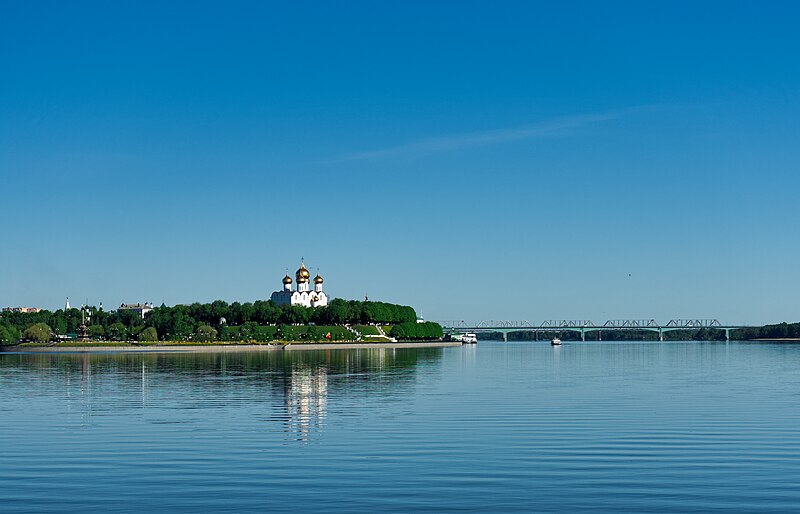
Russia’s Volga River, often called the “Mother River,” is about 25 million years old. Stretching over 3,500 kilometers, it is Europe’s longest river and a key lifeline for the region. The river formed as tectonic shifts during the Miocene epoch reshaped Eurasia’s landscape. Over millions of years, it has carved valleys and floodplains, shaping Russia’s agricultural heartland. The Volga also holds historical importance, serving as a trade route for ancient civilizations. Its basin supports diverse ecosystems, including migratory birds and freshwater species. Today, it remains a critical resource for energy, transport, and culture.
Loire River, France (Age: 70 million years)
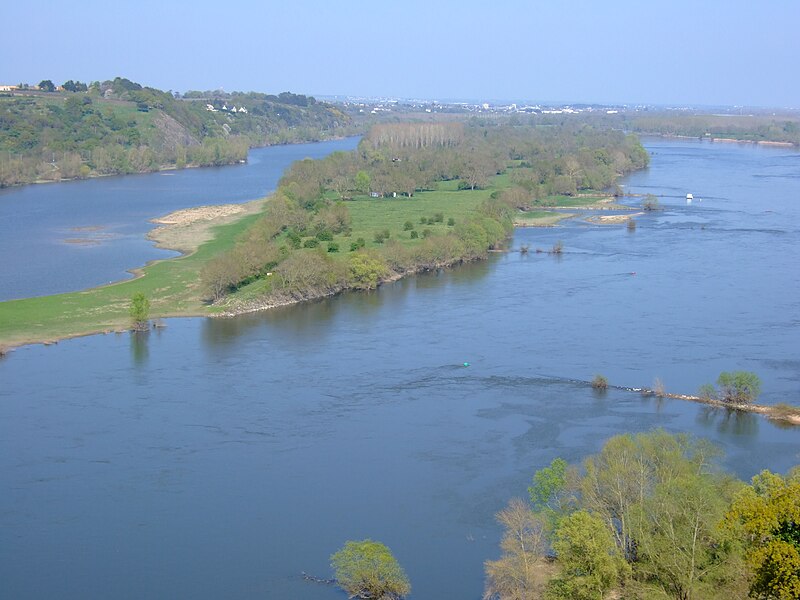
The Loire River, France’s longest waterway, is approximately 70 million years old. Originating in the Massif Central, it flows over 1,000 kilometers to the Atlantic Ocean. The river’s ancient origins can be traced to the Late Cretaceous period, when dinosaurs roamed the Earth. Its meandering course has created fertile valleys and wetlands, known for their biodiversity. Historically, the Loire served as a vital trade route, linking France’s interior to the Atlantic. Its banks are dotted with châteaux, reflecting its cultural significance during the Renaissance. Conservation efforts aim to preserve its natural beauty and heritage.
Yellow River, China (Age: 34 million years)
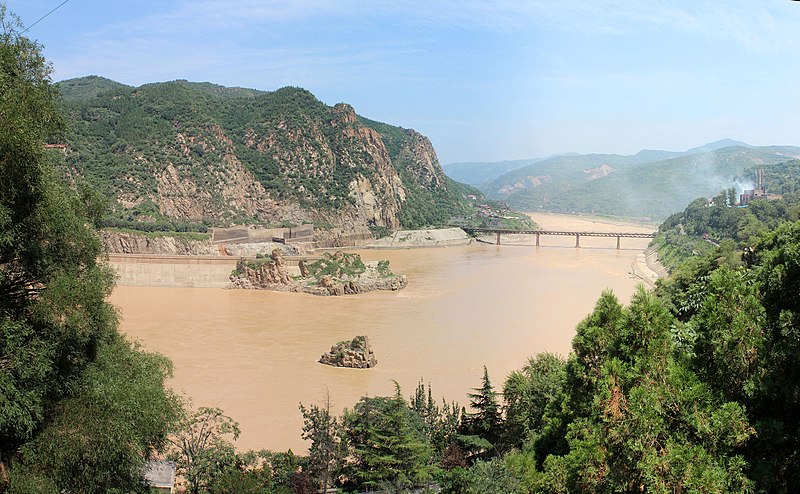
The Yellow River, or Huang He, is China’s second-longest river, with an estimated age of 34 million years. It originates in the Bayan Har Mountains and flows over 5,400 kilometers through northern China. Geologists believe its formation began during the Oligocene epoch, as tectonic forces shaped the region. The river is often called the “Cradle of Chinese Civilization,” as its basin nurtured ancient cultures. Its waters carry massive amounts of sediment, giving it the distinct yellow color for which it is named. Over its long history, the Yellow River has caused devastating floods, earning the nickname “China’s Sorrow.” Despite its challenges, it remains a symbol of resilience and vitality for the Chinese people.
This article originally appeared on Rarest.org.
More From Rarest.Org
The global beer industry is dominated by some massive companies that brew and sell some of the world’s most popular brands. From local favorites to international giants, these companies drive billions in revenue, employing innovative brewing techniques and sustainable practices along the way. Read more.
Desert plants are true survivors, thriving in some of the harshest climates on Earth. With limited water, extreme heat, and intense sunlight, these unique plants have developed remarkable adaptations to conserve moisture and endure long droughts. Read more.
When it comes to the animal kingdom, few creatures are as fascinating, and as awe-inspiring, as the world’s largest snakes. These impressive reptiles span continents and habitats, from the lush forests of South America to the dense jungles of Southeast Asia. Read more.

